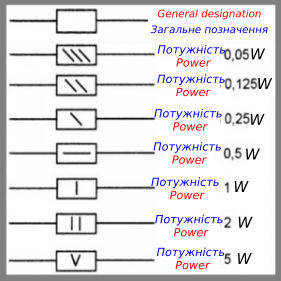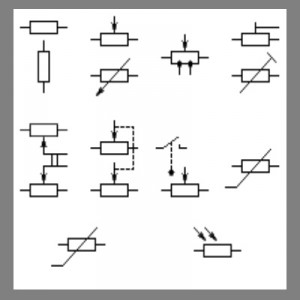You need to start learning electronics with the basics. And first, you need to understand the elementary elements — the bricks that make up all electronic devices. This article is dedicated to the resistor because the resistor is one of the fundamental elements of circuits. No electronic device can do without resistance. Even if the resistor is not present in the circuit at first glance, the current resistance is still present in reality.
The resistor is:
A resistor is an element of an electronic circuit or simply an electrical circuit that resists the passage of electric current, dissipating its energy and converting it into heat.
Resistance is measured in ohms and obeys Ohm’s law. Of course, resistors are not perfect — they also have all sorts of parasitic parameters, but they are nevertheless quite stable and simple relative to other electronic components.
Types of resistors:
Resistors can be different: constant, variable, photoresistors, thermistors. And depending on the purpose and design, the designation of resistors also differs Figure 1, 2. Their resistance can depend on many parameters.


Variable resistor:
A special mention should be made of variable resistance, since a variable resistor is practically the main control and adjustment device for most circuits (Figure 3).

As you can see from Figure 3, the variable resistor is two resistors connected in series, but it is designed in such a way that you can easily change these two resistances by turning the knob, reducing or increasing them depending on the direction of rotation of the knob.
There is a huge variety of resistor ratings and types, ranging from MOSFETs to SMD resistors. You do not need to memorize them all, but simply learn to distinguish resistors from each other with the help of special reference books.

